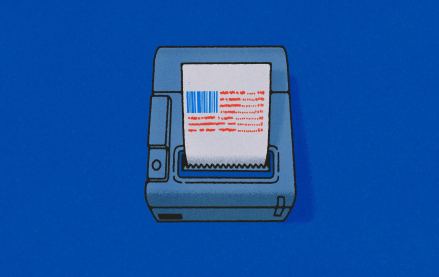
By John Snyder, CEO, Grapeshot
Fraud, viewability, and, more recently, the rising threat of consumer ad blocking have consumed much of the industry debate. You might be surprised to know there is another troubling issue, brand safety, that has not received enough attention and, if not addressed, can have harmful implications for marketers.
Ensuring an ad is actually seen by a real human, in an above-the-fold ad space, is of obvious importance. But once that ad is seen, the consumer should draw a positive conclusion about the brand. That is the sole purpose of advertising, and it is lost completely when a brand is placed alongside toxic content: The auto brand ad inserted into content about product defects; the fast food ad placed adjacent to content highlighting obesity; or airline ads alongside coverage of crash disasters.
These so-called “glitches” in the system still happen with more regularity than one might think and the impact on a brand’s bottom line is material. Solving for fraud, viewability, and ad blocking will be ultimately meaningless if ads are seen by consumers in places that can damage brand value and rob advertisers of money they spent for quality ad placements.
So how did we get here and where do we go?
The retargeting community bears a lot of the responsibility here. In recent years, there has been too much emphasis on—obsession with, even—relentlessly chasing customers’ and prospects’ cookies at the expense of the context of the ads’ placement. Also contributing to these mishaps is the general failure of the semantic safeguards being applied in the early stages of campaign planning and strategy.
One simple way every marketer can shore up brand safety is by implementing a thoughtful and comprehensive brand safety protocol, starting with custom blacklists that include brand incompatible words and phrases. When brands work with their technology partners to vet potentially inappropriate placements before bidding these potential landmines can be easily sidestepped. For example, Grapeshot clients were able to exclude all keywords pertaining to last year’s Malaysian Airlines disaster, i.e., “airline disaster,” from their campaigns to ensure their money wasn’t spent on ad spaces next to disturbing content.
Brand or economic safety needs to be adopted with as much dedication and commitment as all of the anti-fraud and viewability efforts in order for the premium programmatic market to evolve in a robust, successful manner. We must accept nothing less than a more precise, customized, and sophisticated method to ensure brand safety. That would be premium!
Ad position: web_incontent_pos1
More from Digiday
Sliders test article
Amazon bulldozes into new markets, upending the status quo and challenging rivals. Today, it’s the turn of the ad-supported streaming world, and Amazon is coming out of the gate strong. Why, you ask? Because Amazon is serving marketers an opportunity beginning today to reach a whopping 115 million monthly viewers in the U.S. alone, courtesy […]

How CTV and DOOH are growing this political season for smaller agencies
Connected TV and digital out-of-home are playing a bigger role in upcoming elections and politics – especially for smaller agencies looking to place clients’ dollars.

CMO Strategies: Advertisers identify the top attributes on ad-supported streaming platforms
This is the third installment in Digiday’s multi-part series covering the top ad-supported streaming services and part of Digiday’s CMO Strategies series. In this report, we examine which ad attributes matter the most to marketers on streaming platforms.
Ad position: web_bfu